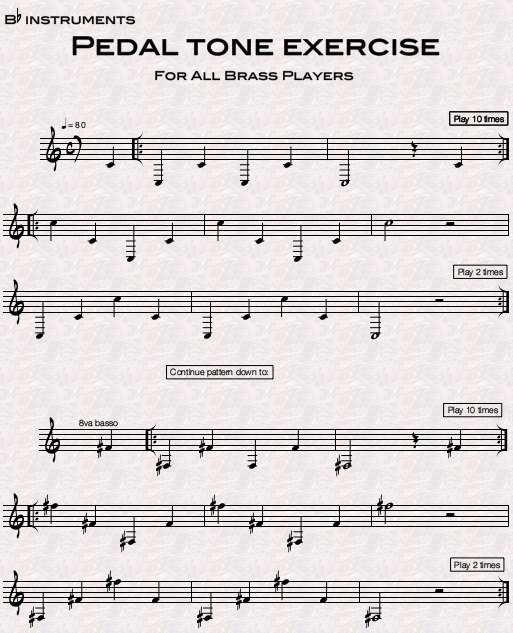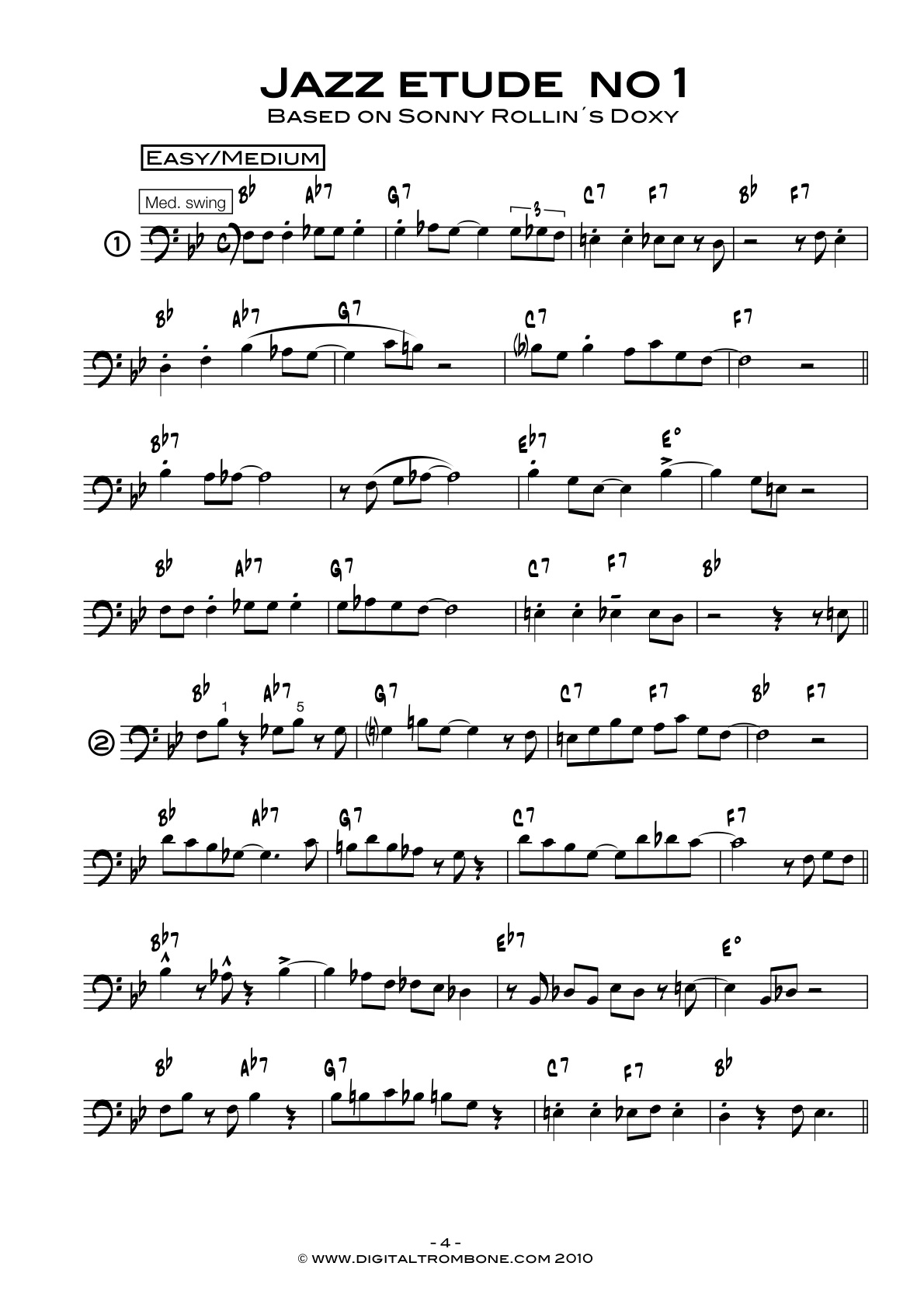

The envelope of those combined overtones has a frequency that is the same as that fundamental. In the case of a brass instrument, the overtones are harmonics of a (not actually sounding) fundamental.

The envelope of that composite wave can, itself, be heard as a sound if the frequency is within our range of hearing. “ When there is more than one tone happening at a time, they create a composite wave. Betsy is not only a national karate champion, but is extremely knowledgeable about acoustics, as well as a fantastic teacher: The resulting wave envelope is what gives us the illusion of hearing the fundamental.Ĭredit for this information goes to my former teacher for acoustics at San Francisco Conservatory of Music, Betsy Marvit. What actually happens is that all possible overtones sound at once.

I was floored when I learned that the perceived pitch of pedal tones is actually an illusion. If pedal tones are outside of the trumpets actual low range, how is it that they can be produced at all? Fair warning – none of what follows is actually important for a composer to know, but I still think its fascinating enough to include in this post!Īs it turns out, notes outside of the trumpet’s low range can’t actually be produced at all. What is actually happening (acoustically) when we play pedal tones? Check out his short demontration of pedal tones in his video on trumpet range: Trumpeter Marco Blaauw has taught me a lot about pedal tones and he is certainly way better at them than I.
Trumpet pedal tones professional#


 0 kommentar(er)
0 kommentar(er)
